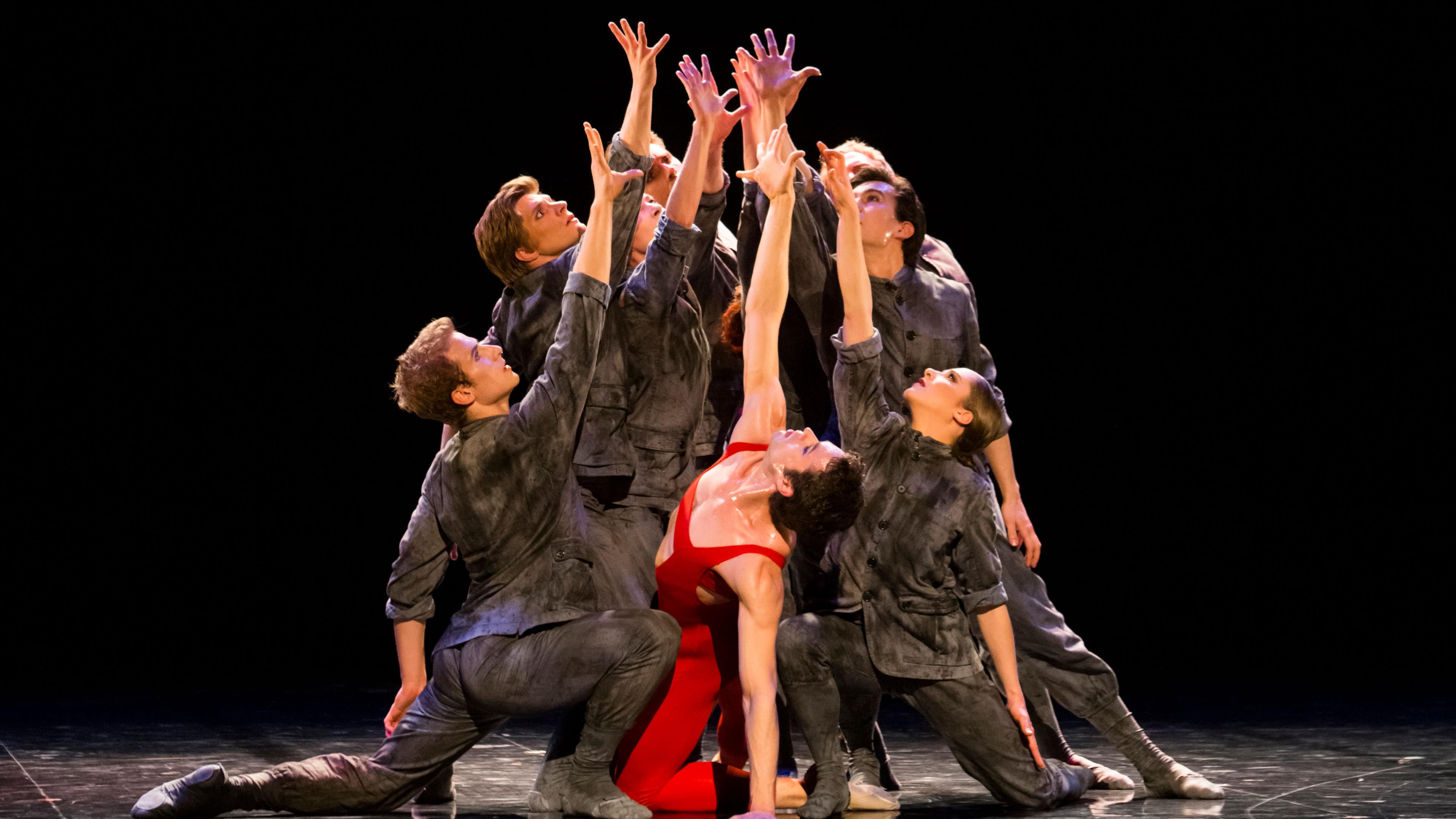
"I composed a bolero for orchestra. It is a dance with a very moderate and constantly uniform movement, as much for the melody and harmony as for the rhythm, the latter constantly marked by the drum. The only element of diversity is the orchestral crescendo”. - Maurice Ravel
In the early days of 1928, Maurice Ravel discovered America during a long four-month tour organised by his friend George Gershwin. Shortly before his departure, the famous Russian dancer Ida Rubinstein wanted to commission him to write a ballet. At the time, Ravel did not want to commit to composing an original work, but offered to orchestrate a few pieces by Albeniz. As usual, he allowed time to pass between project and execution. Meanwhile, the conductor Arbos, to whom Albeniz's heirs had reserved the exclusive right to orchestrate the master's works, abdicated his privilege in favour of Ravel. But it was already too late; the summer had taken its toll and Ravel had made up his mind: "I will have orchestrated my own music more quickly than someone else's!”
Some time after this change of heart, the Boléro as we know it took shape under Ravel's pen. And it all began with a simple melody... “Don't you think this theme has authority," he wrote after starting the composition, "Don’t you think this theme has an insistent quality? I’m going to try to repeat it a number of times without any development, gradually increasing the orchestra as best I can.”.”
In fact, Boléro obstinately repeats two dance themes without modulation, underpinned by simple harmonies. The whole point of the challenge lies in the arrangement of the orchestral crescendo, which takes on a more vivid colour with each return of the motifs, thanks to the addition of new timbres: flute, clarinet, oboe, oboe d'amore, trombone, and saxophone.
The premiere at the Palais Garnier on 22 November 1928, choreographed by the Russian ballet mistress Bronislava Nijinska, was a resounding success. After this triumphant premiere, the Boléro went on to captivate the greatest halls of Europe…
In 1960, the French choreographer Maurice Béjart gave the Boléro a new lease of life by reworking it into gestures. The concept was simple: to give body to the music. A principal dancer embodies the Melody, the famous theme mentioned above, while the corps de ballet becomes the famous percussive ostinato, the Rhythm.
In the ears of Béjart, the music possessed a deeply carnal nature. He described Ravel's work in these eloquent terms: "This is music that is at once both too well-known and always new, thanks to its simplicity. A melody uncoils inexorably, increasing in volume and intensity, devouring the sonic space until it finally drowns itself," Music that is too well known and yet always new thanks to its simplicity. A melody - of oriental rather than Spanish origin - winds tirelessly around itself. A feminine symbol, supple and warm, of inevitable uniqueness. A male rhythm which, while remaining the same, increases in volume and intensity, devouring the sound space and eventually engulfing the melody".
Did Ravel also imply this symbolism of desire and the union of bodies in his original work? For Béjart, there is no doubt: "The idea came from Ravel himself: with his ‘Boléro’, he wanted to evoke a dancer on a table in a tavern".
Created in 1960 with the Yugoslav dancer Duska Sifnios, the ballet exudes an intense sensuality behind its apparent sobriety. According to the choreographer, it "distils an energy that is obviously linked to sexuality. For me, it acts like a Rorschach test, revealing the profound personalities of its performers...".
Maurice Béjart's Boléro laid the foundation stone for his emblematic company, the Ballet du XXe siècle, and entered the repertoire of the Paris Opera Ballet in 1970. But this was not the first time that Maurice Béjart had choreographed a legendary work of classical music for orchestra. In 1964, he had already created the Ninth Symphony to a score by Beethoven and texts by Nietzsche.
In 1979, the choreographer took a decision that was as radical as it was daring: he decided to reverse the roles and place a prima ballerina surrounded by women at centre stage.
That same year - through the initiative of Rolf Liebermann, then director of the Paris Opera - a third version was also conceived, exclusively for men, featuring dancer Jorge Donn surrounded by men.
Since then, the choreographer has entrusted the lead role (the Melody) sometimes to a female dancer, sometimes to a male dancer. The Rhythm is performed by a group of dancers. Performers from the Opéra national de Paris who have taken on the role of the Mélodie include Claude Bessy, Marie-Claude Pietragalla, Charles Jude, Nicolas Le Riche, Marie-Agnès Gillot and many others.